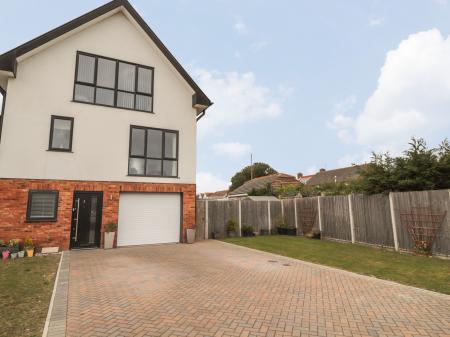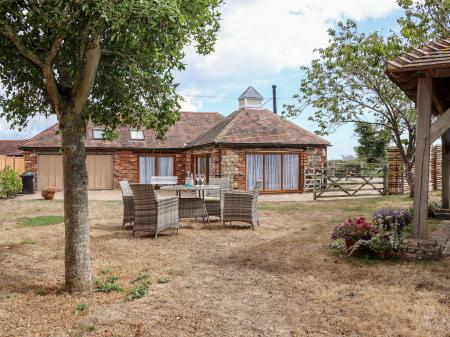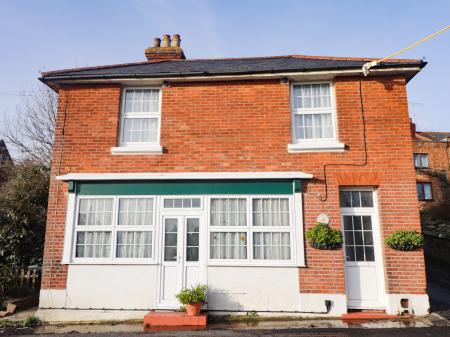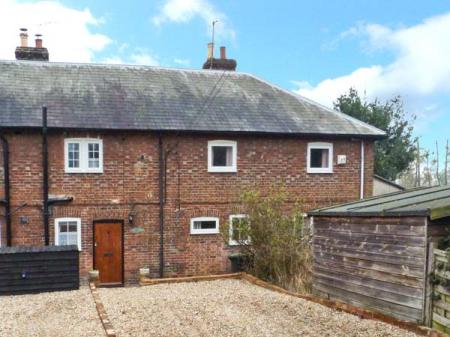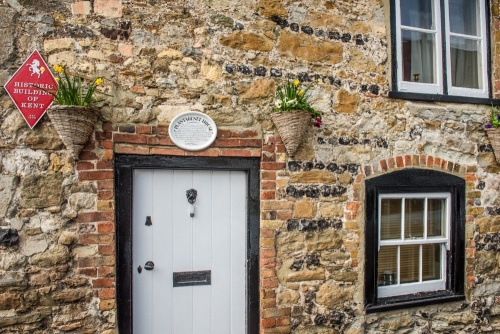
History
The town began sometime before the 8th century as a fishing settlement on the bank of the River Rother. There is a written record from AD 914 describing a channel to the sea known as Rumensea. The name of the channel was later used to describe the settlement itself.
There are 2 Romneys, Old and New, though the two are very similar in age.
The parish church of St Nicholas is of Norman origin, and has boat hooks built into its outer walls; a testament to how close New Romney once was to the sea!
The proximity to the sea that brought New Romney great prosperity, but it almost destroyed the town in 1287, when a devastating flood left the harbour and town choked with silt and mud.
The storm was so severe that it changed the course of the River Rother itself. One long-lasting effect was that the accumulated sand, mud, and silt was never completely cleared from the town. As a result, many of the older buildings in town have steps leading down to their entrances.
The loss of New Romney's harbour meant that its importance as a Cinque Port town diminished in the 14th and 15th centuries.
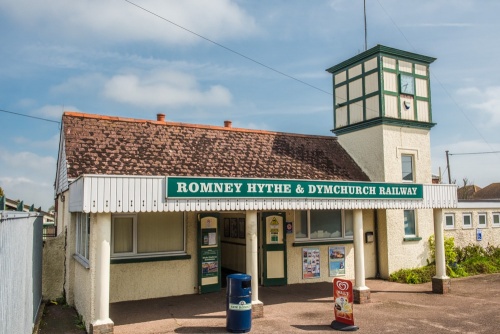
On West Street is a 13th-century house, later divided into 2 separate dwellings known as No. 3 Old Stone Cottage and Plantagenet House. The original house was erected between 1300-1350, possibly for the Master of the Hospital of St John the Baptist. The Hospital began in 1276 and remained in operation until the late 15th century.
Beside the medieval houses is a row of 17th-century almshouses. These were erected by a wealthy merchant named john Southland in 1610 and rebuilt in 1734.
At the eastern edge of New Romney is the Romney, Hythe and Dymchurch Railway station. The RH&DR, as it is often known, is a miniature rail line with 1/3 size engines and coaches running between Hythe and Dungeness.
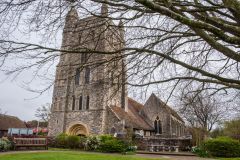

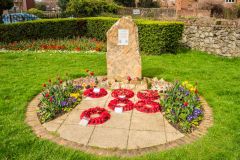
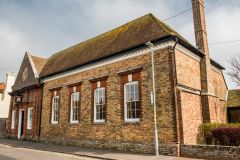
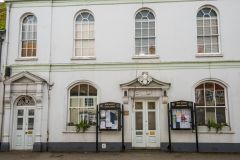
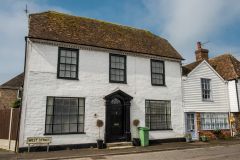
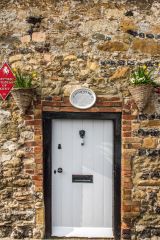

 We've 'tagged' this attraction information to help you find related historic attractions and learn more about major time periods mentioned.
We've 'tagged' this attraction information to help you find related historic attractions and learn more about major time periods mentioned.